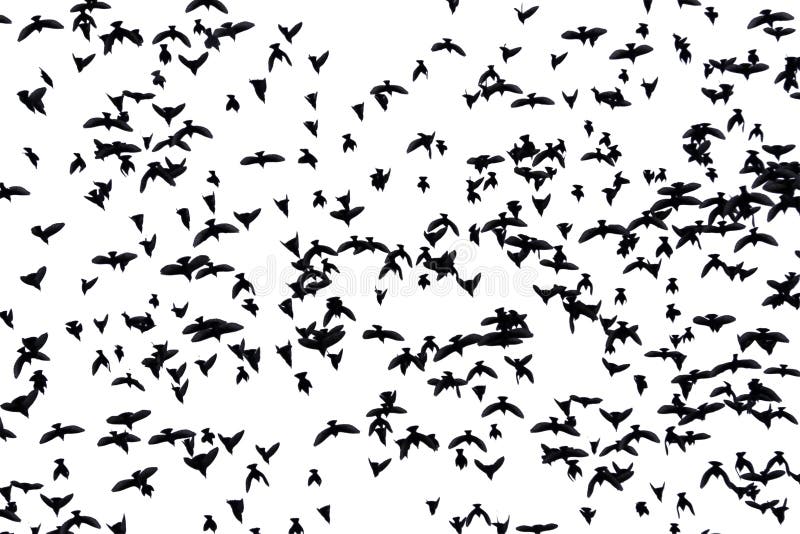


Read on to find out more about the types of birds that fly in circles, and discover what spiritual meanings circular bird flight may have in different cultures.Ĭircling flight is commonly associated with vultures, condors, and large soaring birds of prey, including buzzards, eagles, and hawks. Safety in numbers may hold the key to these acrobatic en-masse movements, aerodynamically swirling across the sky, with birds being better protected against predators when flying as part of a larger group. Spectacular exhibitions of circling flight of flocks of birds seen at sunset are known as murmurations. This practice uses less energy than landing and taking off again, and is an adaptation to prolonging their reserves while on the wing.Īs well as the benefit of using less energy, flying high above the ground in a circle gives soaring birds a wider field of vision over the land below to scan for prey or in some cases carcasses to feast on.īirds of prey, such as hawks, which have highly developed eyesight, even from such heights, will circle prey from above, until the opportune moment to strike arises. The reason behind this is thought to be energy conservation, taking a brief chance to enjoy the benefits of the thermals to effectively rest mid-air before resuming their onward migration. Migratory birds may be seen temporarily flying in circles during their migration journeys. Using thermal currents to rise to great heights allows them to circle high in the air until they find another updraft to move to, gradually traveling through the air relatively effortlessly. “Normal” sustained flight can be a huge drain on a bird’s energy reserves, with flapping of wings becoming tiring very quickly, especially for birds with wider wingspans. Warm air from the Earth’s surface rises in a ‘bubble-like’ form, and when birds tap into these thermal updrafts, they are effectively lifted into the air to fly around the edge of the ‘bubble’, in what we see in the skies above us as circling flight.

Soaring birds cover vast distances, while expending a minimal amount of energy, as the lift from the thermals does much of the hard work for them.īirds carried by thermals can fly without the need for flapping their wings. But why do these birds fly in circles? And is this technique of soaring in circular flight limited to birds of prey? If you want to find out more about how birds use air currents when flying, then please read on.īirds take advantage of warm, rising air currents, called thermals, to lift themselves into the air, enabling them to soar at great heights. On warm summer days, it is not unusual to spot birds of prey circling effortlessly high overhead in the clear skies with outstretched wings. Is there a spiritual meaning of birds flying in circles?


 0 kommentar(er)
0 kommentar(er)
